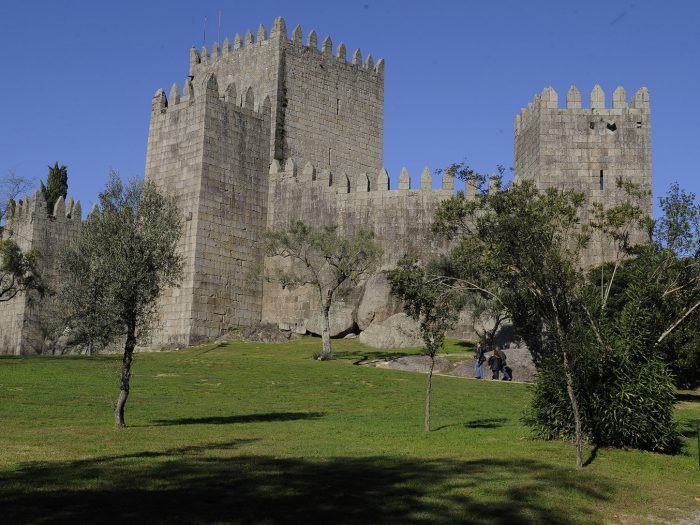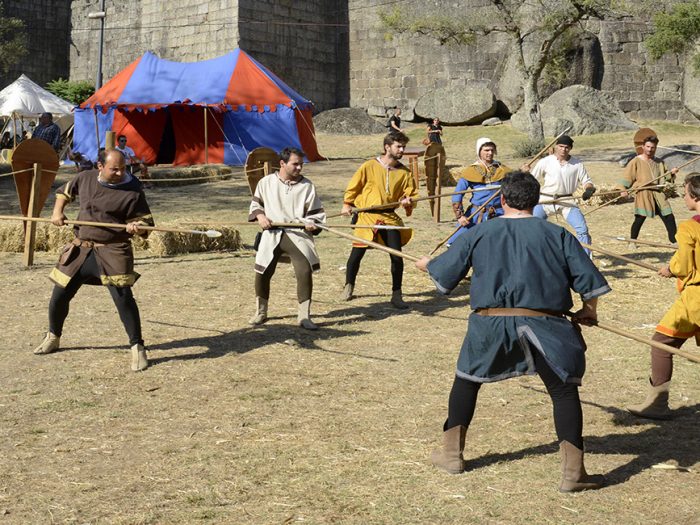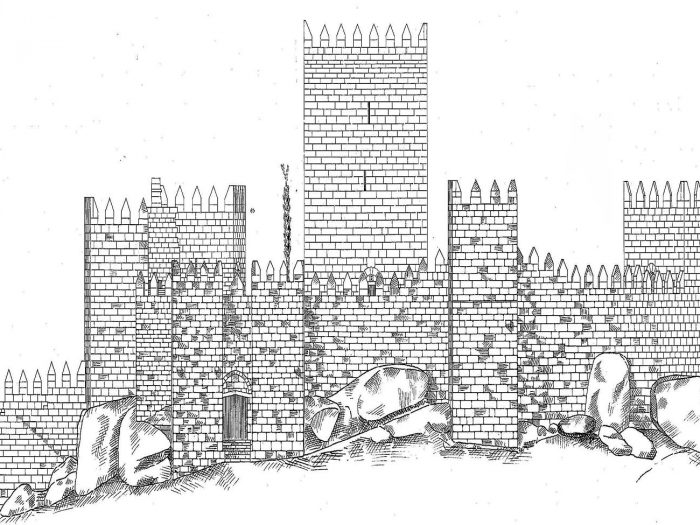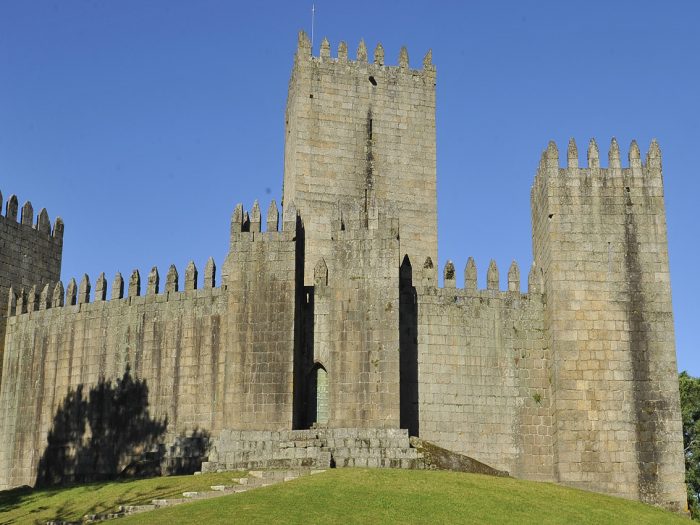Guimarães Castle: Portugal was born here
«The Guimarães Castle is widely recognized as the closest one to the origins of Portugal and it presents a surprising infrastructure on many levels. First of all due to its origins, which are singularly unclear. It is safe to say that we are dealing with a count’s edifice, fruit of the charismatic Countess of Portucale Mumadona. As the castle is not mentioned in a detailed document, dated of 950, that divided goods between the Countess and her children, we can conclude that, at that time, it did not yet exist. But by the end of that year, the castle is mentioned in a donation to the Guimarães Monastery. Hence it is recognized as of count’s foundation in the second half of the 10th century. Countess Mumadona herself declared, in a parchment dated of 968, that she had the castle built in order to protect the previously mentioned Monastery against “Gentile” attacks (referring probably to the Normans). This primitive castle, embedded within the granite outcrops, was probably made out of wood and there are few traces left of it.
In the late 11th century, during the rule of the counts Henrique and Teresa, the castle underwent a profound restructuring, which traces are mostly in the northern facade, facing the S. Mamede Camp, where large stones at the base of the walls sign a different constructions’ phase. These traces indicate that the construction was originally round. It was this castle that faced Alfonso VII of León and Castile, when the monarch sieged the young Afonso Henriques.
In the 12th century, during the rule of the first Portuguese King, the castle underwent another profound improvement, from which it began to assume its present perimeter, although it lacked its eight towers. With its Gothic reforms, during the reigns of Afonso III and Dinis (when the Guimarães walls were being restructured), it went through another profound modification, which added the eight turrets (four of which frame the two existing doors) as well as the keep.
On the second half of the 13th century the Guimarães Castle finally acquired its present form. By that time the Kingdom borders were already safe enough, giving it an increasing secondary role. But it still played a decisive role in the 1321-24 Civil War – pitting Dinis against the heir to the throne Prince Afonso – that culminated on the 1322 Siege. Its importance was again tested in the 1383-85 Crisis, when the Grand Master of the Order of Avis sieged it.
During the 15th century the castle retained some relevance, but at the end of said century its military and strategic importance ran dry. The borders were now distant enough and weaponry evolved into ballistic with the introduction of firearms. On the early years of the 16th century, the Guimarães Castle began to be neglected and decayed. As it had no military role, it began to be used as a prison. It was only in the 19th century that the people of Guimarães, in its wake, as well as the Portuguese reconciled with the Castle. From the 19th century onwards it came to be recognized as an emblematic structure of the Portuguese Middle Ages, closely associated with the autonomic process in which, truly, it played a reduced role. It was classed as a National Monument in 1881 – as part of the first Portuguese list that classed Monuments – and it undeniable acquired a symbolic value that led to a deep reform between 1936 and 1940. The Guimarães Castle is, still today, one of the most iconic and well-recognized medieval castles in Portugal.»
Mário Jorge Barroca







